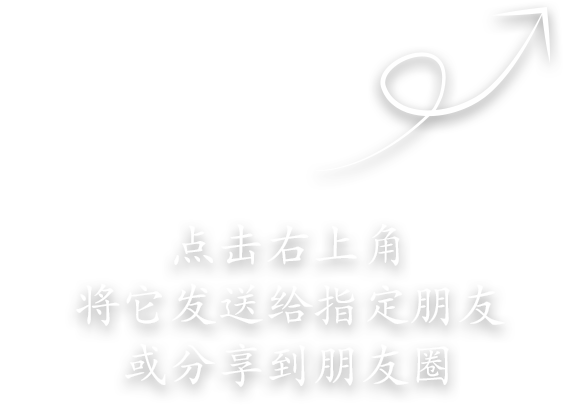When selecting bearings, it is essential to consider key parameters such as load, speed, alignment requirements, space constraints, installation and removal ease, tolerance grade, and cost. Bearings play a crucial role in mechanical equipment by providing support and reducing friction, so the accuracy and noise of bearings directly impact the stability and lifespan of the equipment. The selection process generally involves choosing the bearing type, tolerance grade, and clearance based on operating conditions; determining the bearing model through calculations or verification of load ratings and maximum speed; and verifying the chosen bearing’s rated load and maximum speed. The main factors to consider are maximum speed and load capacity, while other factors help determine the bearing type, structure, size, tolerance grade, and clearance requirements.
Several factors must be considered when selecting bearings: spatial and positional constraints, load size and nature, alignment performance, rigidity, speed, and ease of installation and removal. Different types of bearings are suitable for various load conditions and operating environments, such as thrust bearings, angular contact bearings, and ball bearings. The selection process should account for the shaft size, load direction, alignment performance, and speed requirements. Proper bearing selection and maintenance can significantly enhance the performance and lifespan of mechanical equipment.







